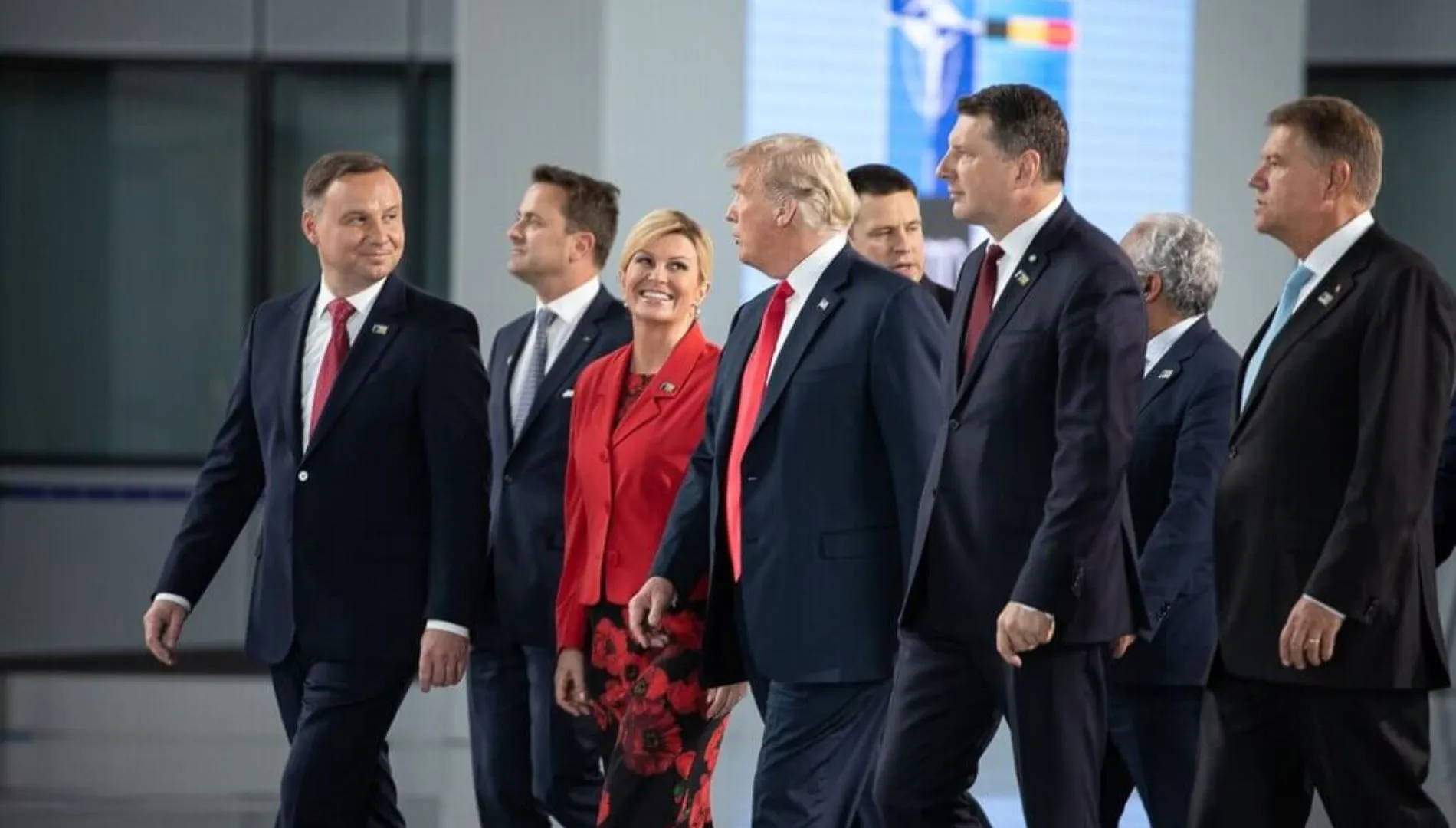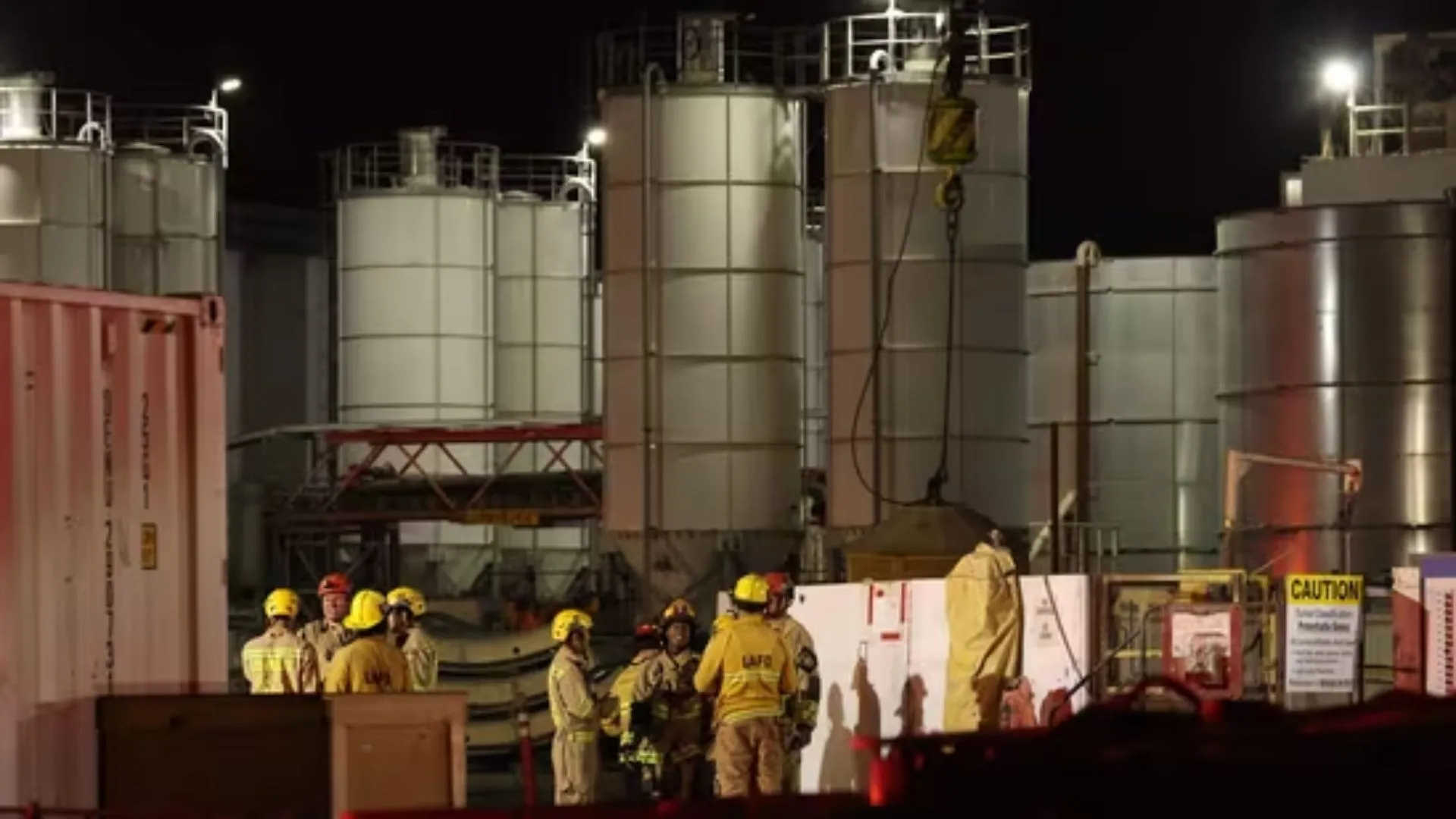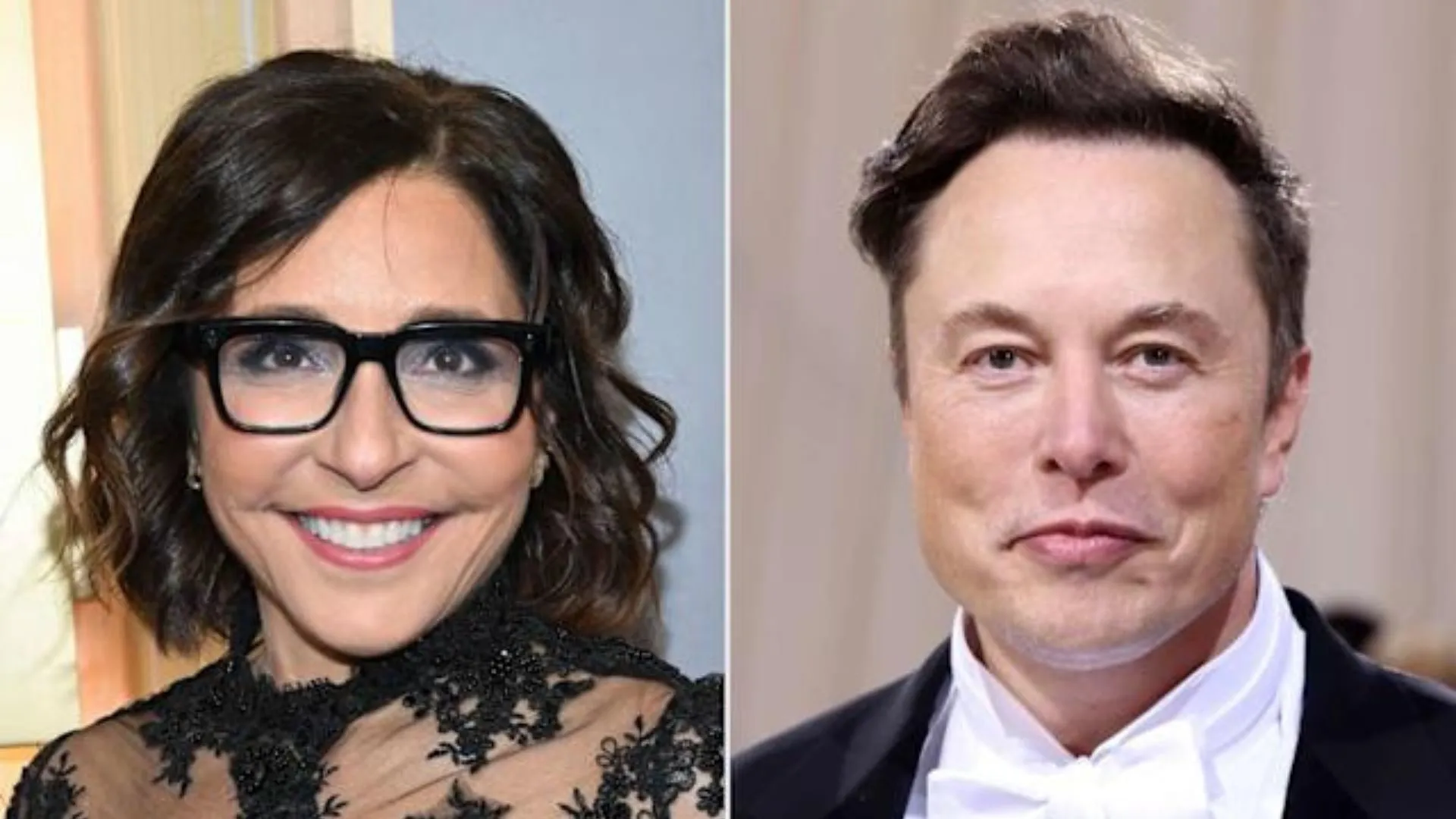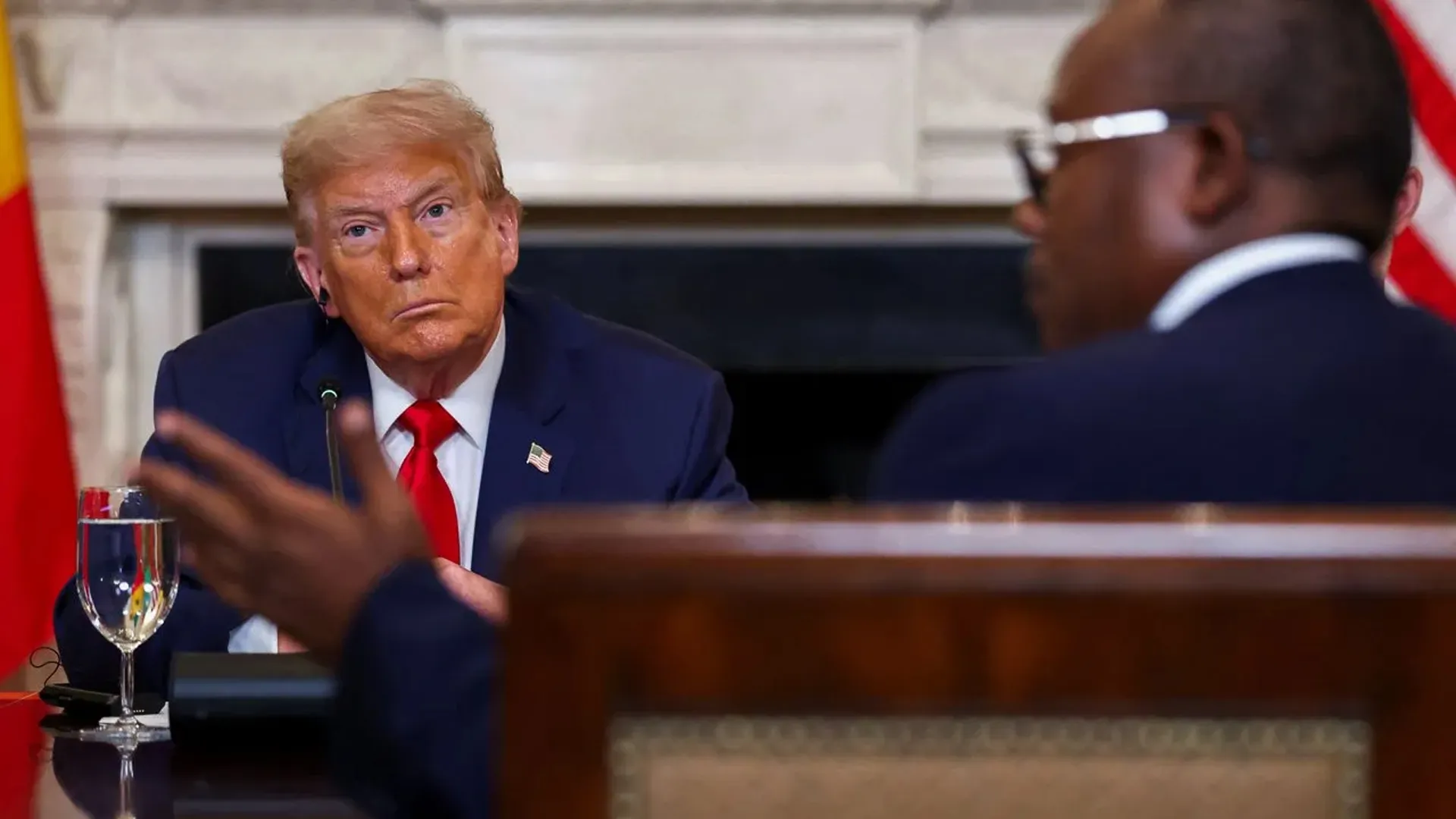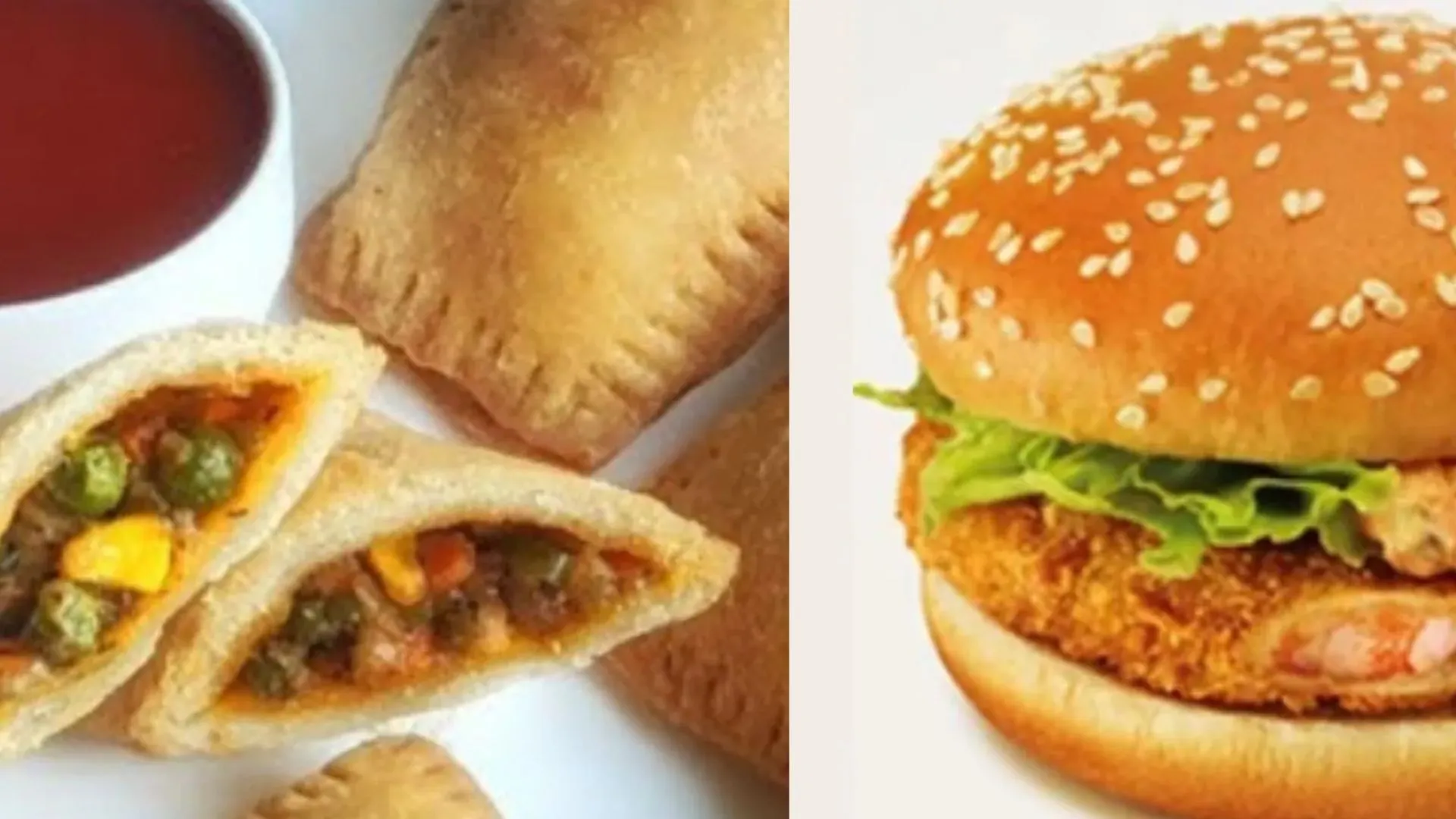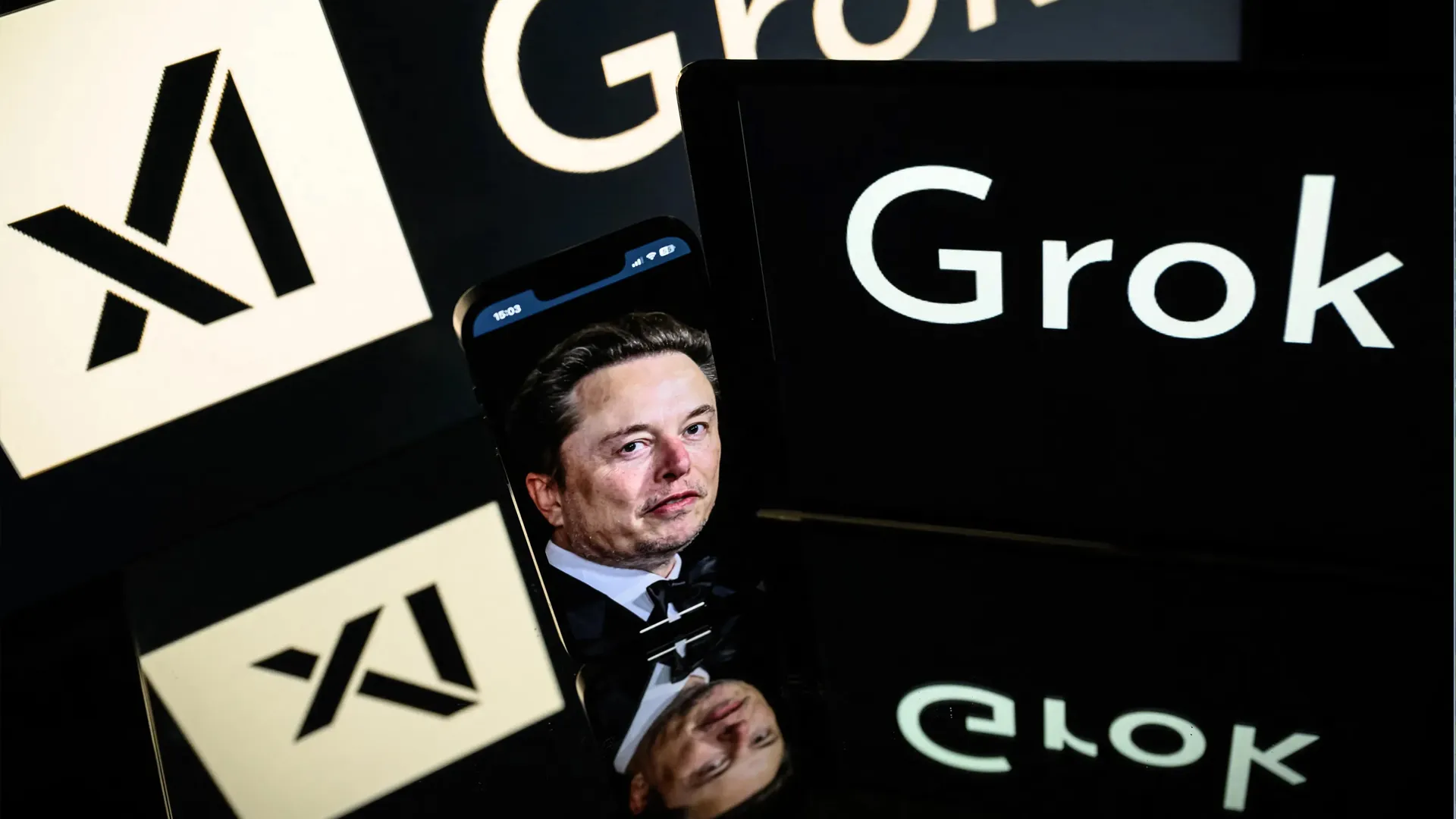The NATO Summit begins Tuesday with leaders facing crucial decisions that could reshape the alliance’s future. US President Donald Trump demands higher defence spending from allies, while divisions grow over Ukraine’s role and Trump’s recent military action in Iran under Operation Midnight Hammer.
NATO Summit Opens With Spending Disputes
NATO leaders gather in The Hague for what could become either a historic moment of unity or a summit marked by deepening rifts. Just a week ago, optimism surrounded Secretary-General Mark Rutte’s hopes that European nations and Canada would finally match the United States in defence spending.
But Spain rejected Trump’s demand for each country to spend 5% of its GDP on defence, calling it “unreasonable.” Trump responded sharply, stating, “I don’t think we should, but I think they should,” referring to America’s defence contributions. He singled out Spain and Canada for their low defence spending, with Spain spending less than 2% and Canada at 1.45%, according to NATO data.
Tensions escalated further when Trump ordered airstrikes on Iran’s nuclear facilities under Operation Midnight Hammer, adding a layer of complexity to the summit. The summit statement has been kept short to avoid disagreements over language that could derail the meeting.
Ukraine’s Uncertain Role and NATO’s Future Plans
Ukraine actively seeks strong support at the NATO Summit, but Trump’s position casts doubt. NATO invited Ukrainian President Volodymyr Zelenskyy to dinner, but leaders have not confirmed his direct participation in summit talks. NATO coordinates weapon deliveries and provides non-lethal aid, but refrains from supplying weapons itself.
Last year, European allies supplied 60% of Ukraine’s military support, while NATO facilitated logistics through its hub in Poland. NATO’s credibility still relies on its Article 5 commitment, which obligates all members to defend any attacked ally. However, experts doubt NATO’s ability to mobilise the 300,000 troops promised in its new rapid deployment plan.
Trump’s repeated tariff threats against allies have already weakened NATO’s deterrence. The US continues to serve as NATO’s military backbone with its massive defence budget and advanced capabilities. Meanwhile, other members have steadily increased spending since Russia annexed Crimea in 2014.
Following Russia’s full-scale invasion of Ukraine in 2022, NATO allies pledged to spend at least 2% of their GDP on defence. This year, 22 countries are expected to meet that target. Leaders gathering in The Hague may push for a 3.5% goal, but reaching full consensus remains uncertain.

